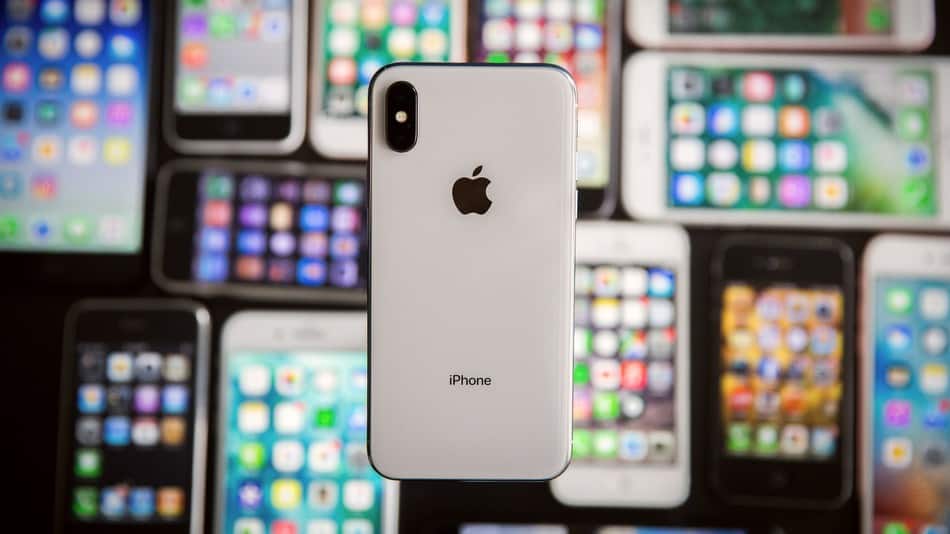
If you’ve been debating whether to buy an iPhone X, you may have just been scared out of your decision.
On Friday, the king of Apple analysts, his majesty Ming-Chi Kuo of KGI Securities, predicted Apple will soon be discontinuing the iPhone X, according to a recent AppleInsider report.
That’s right: Apple is due to kill off its most expensive iPhone after the summer, right when the next generation of iPhones is due and less than a year after its debut (it didn’t go on sale until Nov. 3).
In his note, Kuo appeared to imply the move was a response to weak demand, particularly in China, where smartphone buyers are said to be more skeptical of the infamous “notch.” He later clarified in a follow-up note that the iPhone X was being put out to pasture early to prevent any potential “cannibalization” of the new iPhone line that’s planned for the fall, according to MacRumors.
Either way, the rumor comes as quite a surprise. Everyone knows Apple releases new iPhone models every year, but it would be unusual if it discontinued a newer model only a year after its launch. The company usually keeps making and selling older iPhones year after year, just at reduced cost. For example, you can buy a brand new iPhone 7 or even an iPhone 6S, directly from Apple today.
When Kuo’s initial prediction made headlines, it was mischaracterized in the blogosphere as Apple “canceling” the iPhone X, as if it were cutting off production immediately and flipping an iPhone X sign on the door of the Apple Store to read “permanently out of stock.” That’s obviously not happening, but it still might make you wonder: Does the premature end of life (if Apple is indeed killing the iPhone X in Sept. — remember, this is technically a supply chain rumor) mean the company has lost confidence in its top-of-the-line iPhone?
In a word: No. A couple of months back Kuo made what is now considered the best prediction about exactly how the 2018 iPhone lines will shake out in the wake of the iPhone X. Instead of just one phone with an edge-to-edge screen, there would be three. Two “premium” models, a 5.8-inch and larger 6.5-inch design, starting at roughly the iPhone X’s current price point (starts at $999), and a 6.1-inch iPhone with a price closer to the current iPhone 8 Plus ($799).
You can already start to see the problem. If Apple keeps the iPhone X around by, say, knocking $150 off the price, it starts to get a little too close to that new 6.1-inch model. In fact, it would probably put Apple in the awkward position of pricing last year’s phone higher than its newer (but non-premium) iPhones.
That said, why not just keep the iPhone X and not create the 6.1-inch iPhone at all? That answer is easy: It’s too expensive. According to teardowns, the main component that’s driving up the price of the iPhone X (at least from a cost standpoint) is its OLED screen, which costs significantly more than the LCD screens that have adorned every iPhone that preceded it.
The new 6.1-inch iPhone, however, is supposed to use a type of LCD tech rather than OLED, which means it would likely cost a lot less to make. That may mean a lower resolution than the “Super Retina” screen on the iPhone X and other compromises, but in general Apple’s goal with the new model will be to keep costs down. But even after a year in the market, the components of the iPhone X aren’t likely to get a whole hell of a lot cheaper — it’s already by far the most expensive iPhone for Apple to make.
So where does the iPhone X fit into the 2018 iPhone line? It doesn’t. The iPhone 8 and 8 Plus will fulfill the need for older models with Apple’s most recent chip technology (the iPhone 7 will probably still be around, too). The three new edge-to-edge iPhones will have all the price points covered. There’ll be no role for iPhone X to play. Better to have it leave the party early than overstay its welcome — and become a collector’s item farther into the future.
So, no, the Notch hasn’t ruined everything. And even though Apple may be putting the iPhone X in the ground later this year, it won’t be a funeral. It’s just doing exactly what Tim Cook said it was meant to do: Lay the groundwork for the iPhone for the next 10 years.
